
This review comparing articaine and lidocaine for local anesthesia use in children only identified 6 low quality studies. Little difference was seen between the two agents.
[read the full story...]
This review comparing articaine and lidocaine for local anesthesia use in children only identified 6 low quality studies. Little difference was seen between the two agents.
[read the full story...]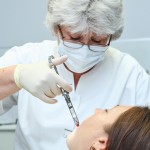
14 RCTs were included in this review of the effect of buffering local anaesthetics in reducing infiltration pain and anaesthesia onset time in dentistry. While slight reductions in onset time was seen in inflamed tissues and for IAN block these were not considered to be clinically significant. However the overall quality of the evidence was low.
[read the full story...]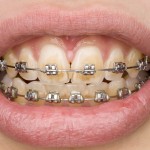
20 RCTs were included in this review of low level laser therapy (LLLT) for orthodontic pain. While the findings suggest a benefit a majority of the studies were at high risk of bias so the findings should be interpreted cautiously.
[read the full story...]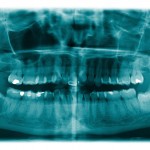
6 studies were identified for this review of platelet-rich fibrin to improve outcomes after third molar extraction. The studies were small with contradictory findings so further high quality studies are needed.
[read the full story...]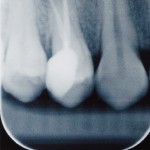
19 studies were included in this review of core-carrier obturation techniques in endodontic treatment. Success rates was 83%(95CI; 69-91%) with 24% suffering postoperative pain and 31% having overfilling.
[read the full story...]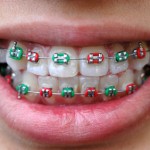
This Cochrane review of drug interventions for pain during orthodontic treatment including 32 RCTs find that analgesics were effective in reducing pain. However, low quality evidence did not show a difference in effectiveness between systemic NSAIDs compared with paracetamol, or topical NSAIDs compared with local anaesthetic.
[read the full story...]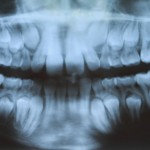
This updated Cochrane review comparing open v closed surgical approaches for palatally displaced canines includes 3 studies involving 146 patients with the available evidence suggesting that neither surgical technique for exposing canine teeth is superior.
[read the full story...]
This review of the use of non-steroidal anti-inflammatory drugs (NSAIDs) for the management of post endodontic pain demonstrates that they do help to manage the pain.
[read the full story...]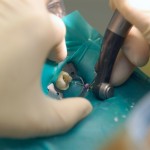
This review of the effect of rotary or reciprocating instruments on post-endodontic pain included 3 RCTs involving 1317 patients. There is limited evidence of any clear difference between the two techniques.
[read the full story...]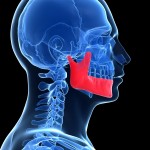
This review of TMJ lavage for temporomandibular disorders only included 5 small RCTs a majority of which were at high risk of bias. While the findings suggest a benefit from lavage this should be interpreted cautiously because of the limited quality of the available evidence.
[read the full story...]